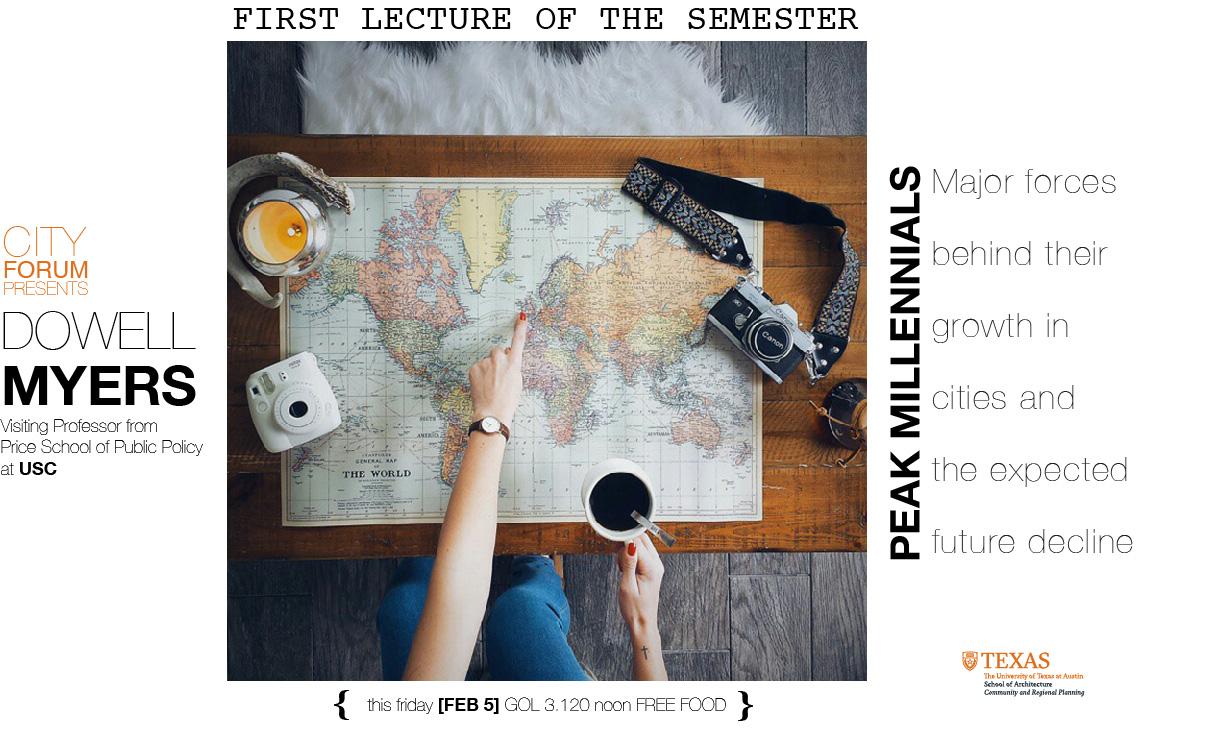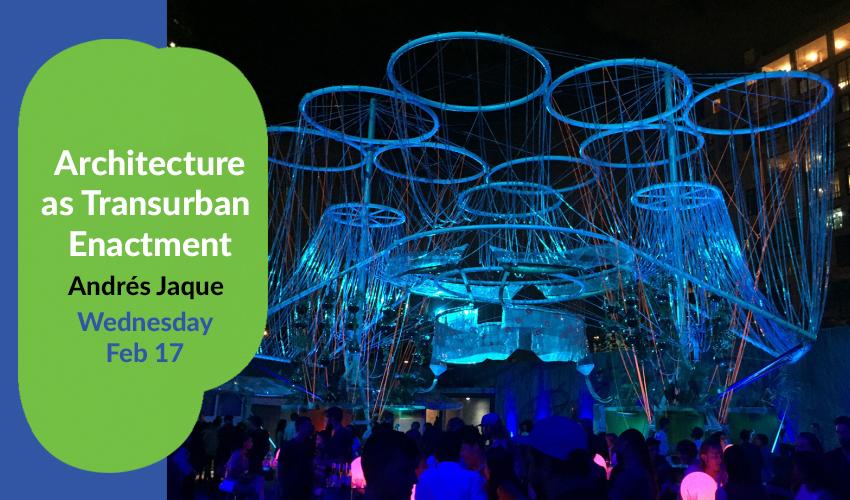
The city, the domestic, the infrastructural and the natural have been seen as independent realms, and architecture as the science to keep them apart. It is time for a change. Andrés Jaque and the Office for Political Innovation explore what is the architecture that can succeed on ensambling them all. The talk will include projects like COSMO (MoMA PS1), ESCARAVOX, or House in Never Never Land.
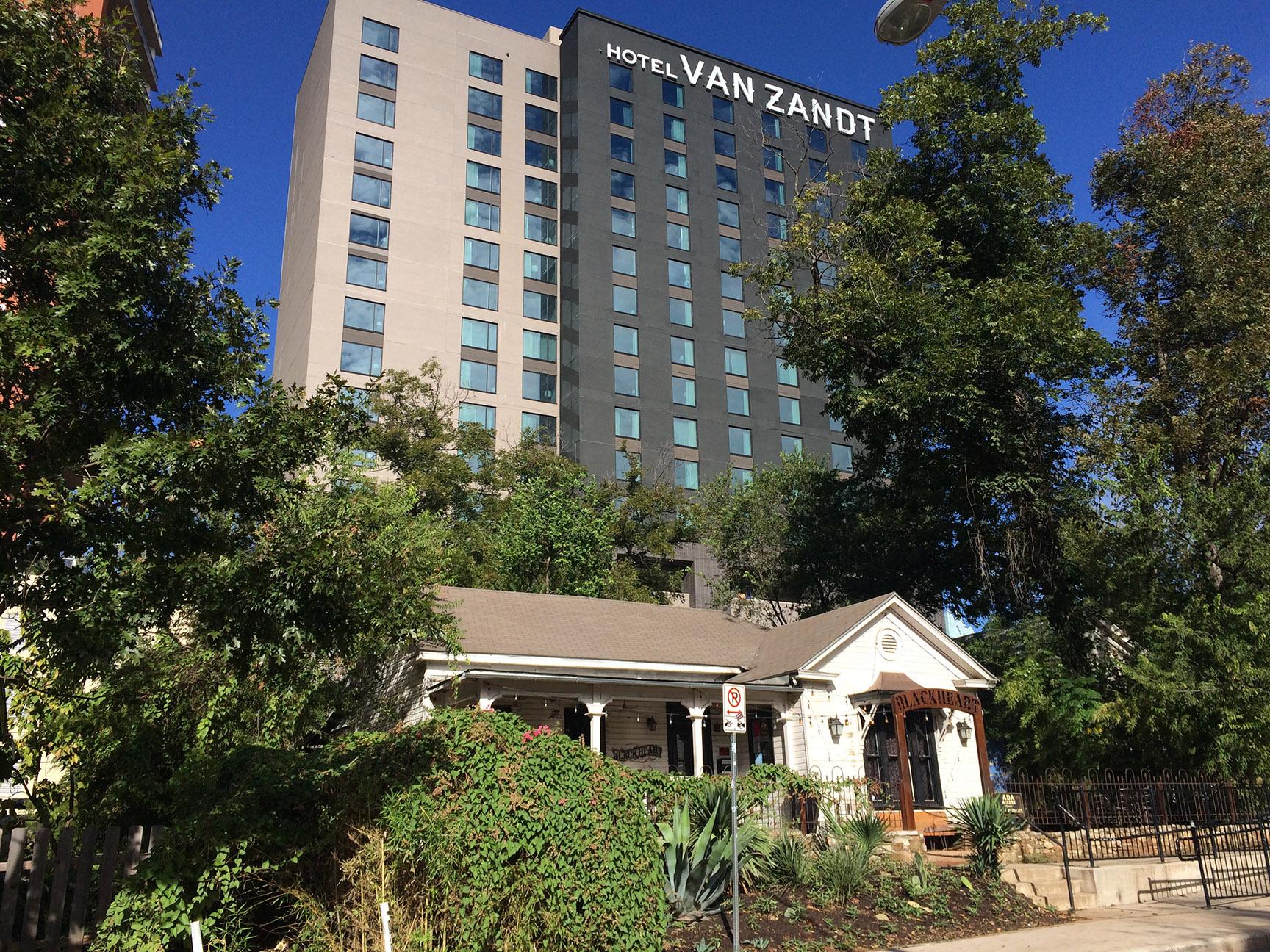
Presented by Britin Bostick, MSCRP + MPAff, Class of 2016, and Frank Ordia, MSHP, Class of 2016.
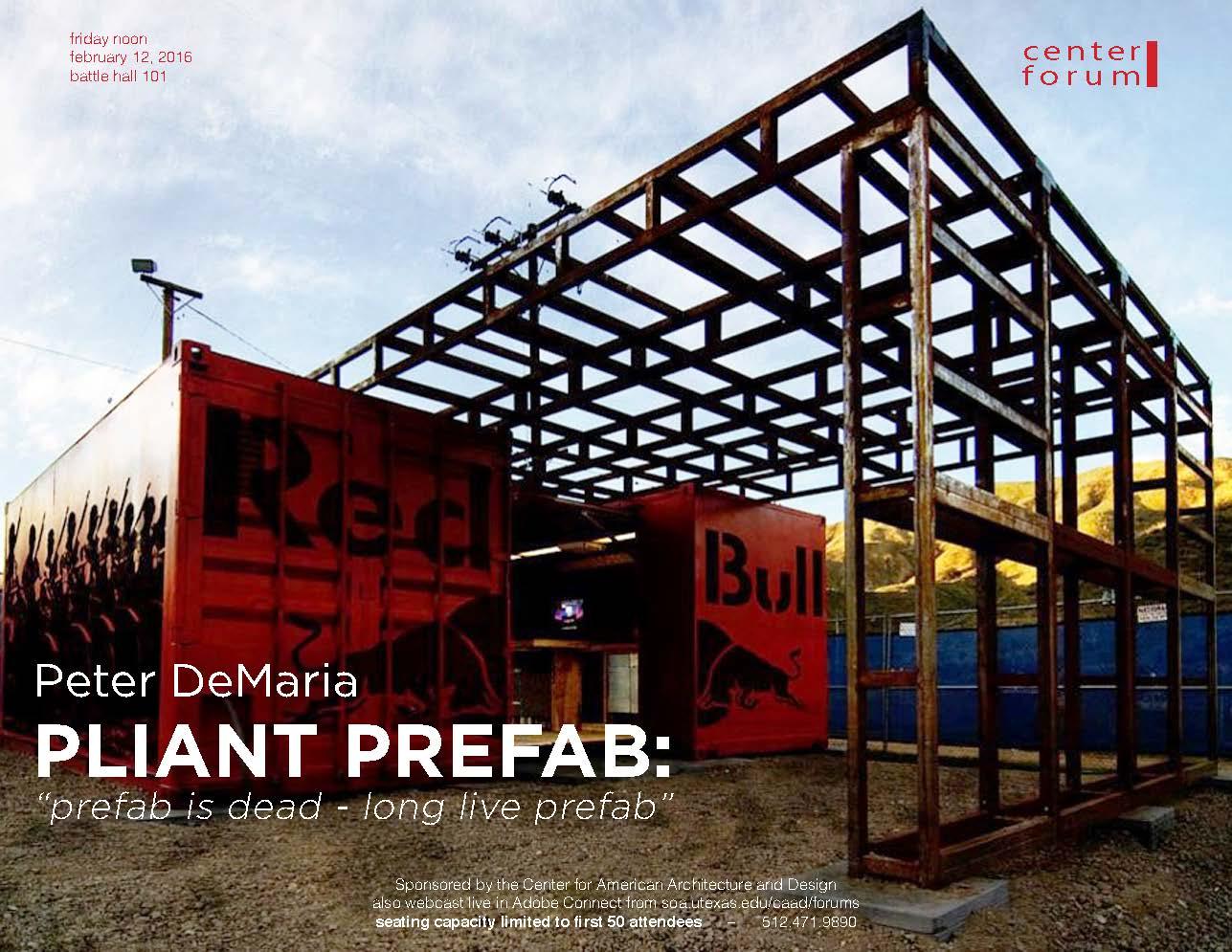
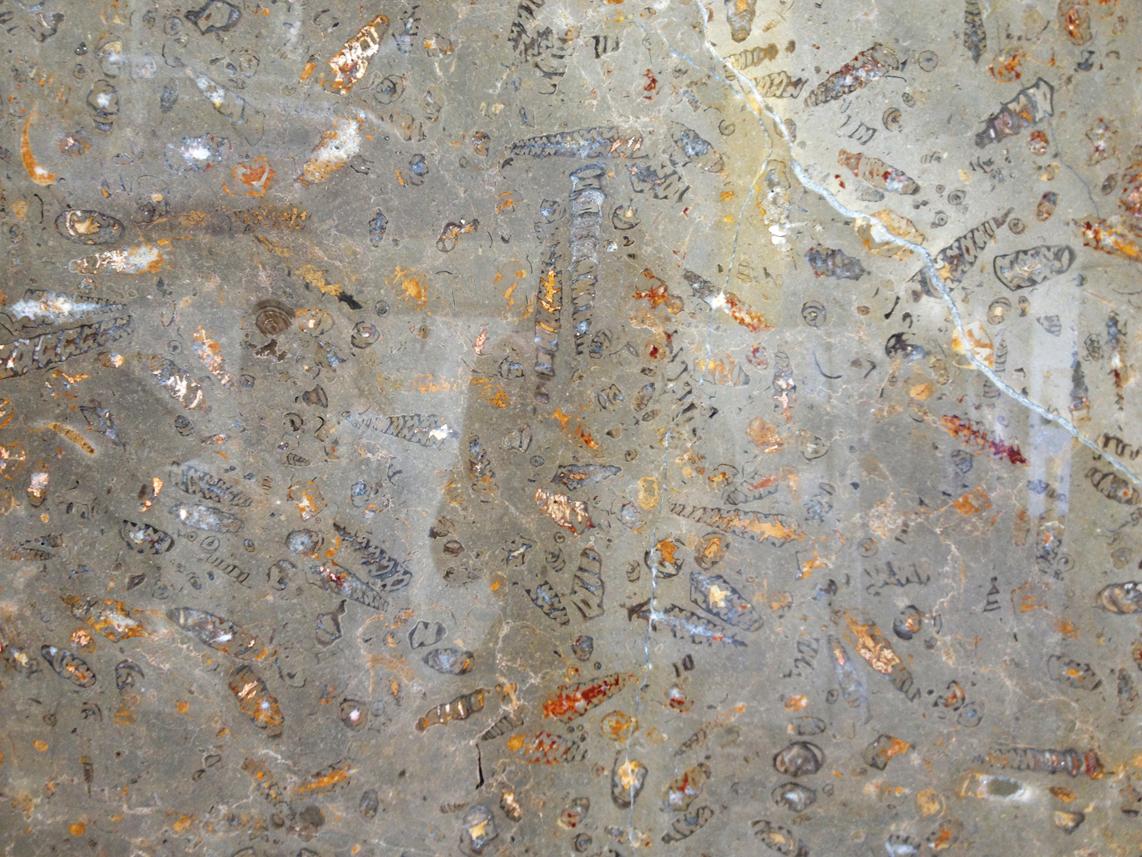
Architectural Tile and Stone is a third-generation, family-owned, tile importer and slab fabricator in Austin. Get a background tour of their tile showroom and indoor slab yard, where they display their wide range of granite and marble slabs, and their fabrication facilities, which houses offices for in-house draftsmen, a 5-axis water jet cutter, a variety of stone saws and tools, and bridge crane with suction-based hoist for moving the heavy, fragile slabs.
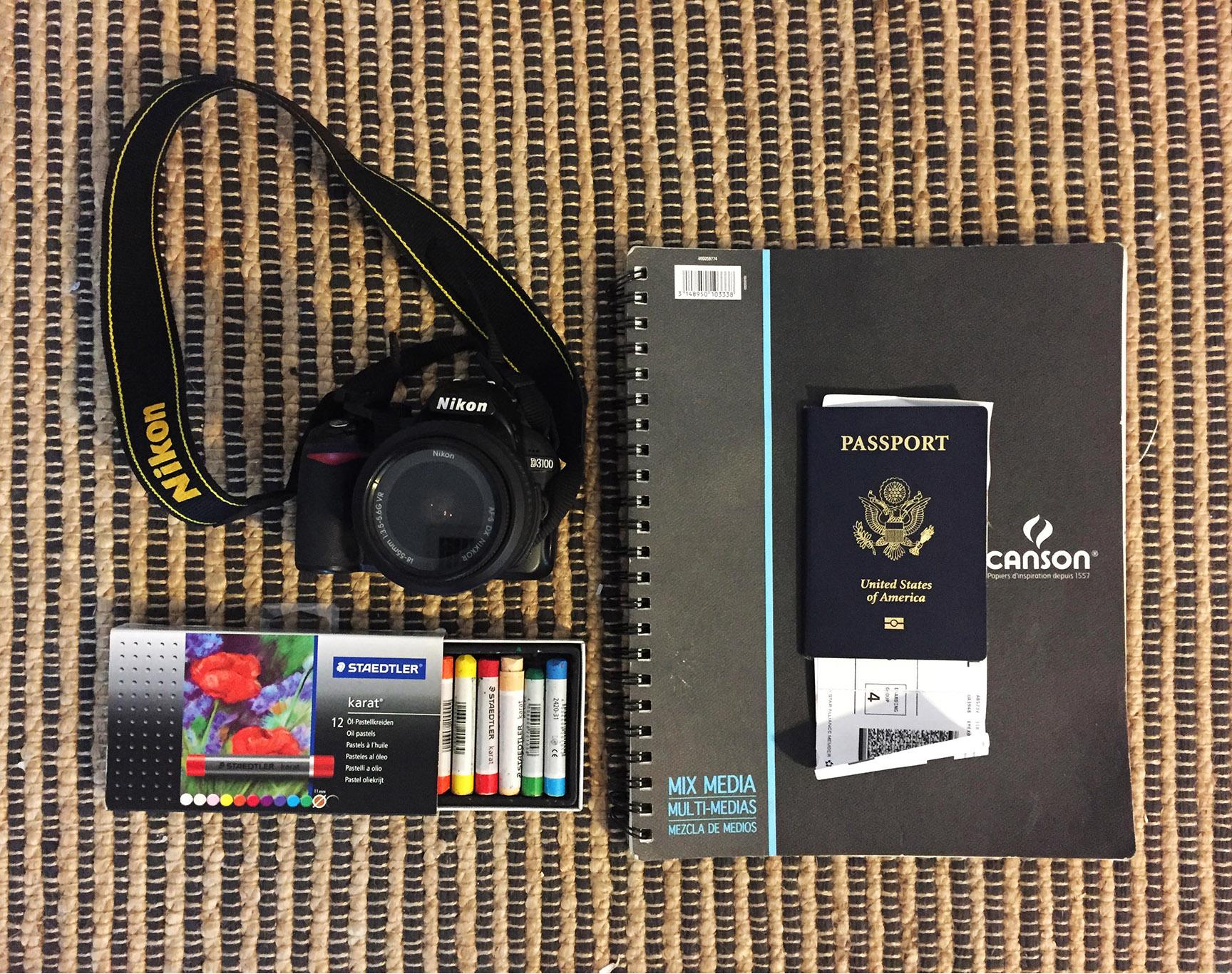
Presented by Hannah Ahlblad.
On any day along South Congress, one might pass a line of people in front of a brick wall with no door. They are waiting to pose in front of the cursive words “I love you so much” painted in red on a mint green background that covers one exterior wall of Joe’s Coffee.
If the simple I love you so much mural can become such a significant landmark for Austin, then what effect do the socially-charged murals of Mexico City’s civic architecture have on local navigation and sense of identity today?

Please join us for brown-bag lunchtime lecture on how lasers are used to conserve art objects and historic structures. The lecture will feature a unique laser system that was designed and built for cleaning art and architecture. The GC-1 laser technology has been used to clean Cleopatra’s Needle, the 3,500 year old Egyptian obelisk in New York’s Central Park; an exact replica of Michelangelo's David made from Carrara marble in Florida; and many public monuments and architectural structures throughout North America. Bartosz A.

The Professional Residency Program [PRP] is a unique opportunity to expand a student's education through work experience in the architectural profession. In 2015, more than 40 students participated in the Professional Residency Program. The PRP Pecha Kucha public lecture (and reception) will feature short presentations from the these students providing insight into the their internship experiences as well as the firms themselves.
_______________
